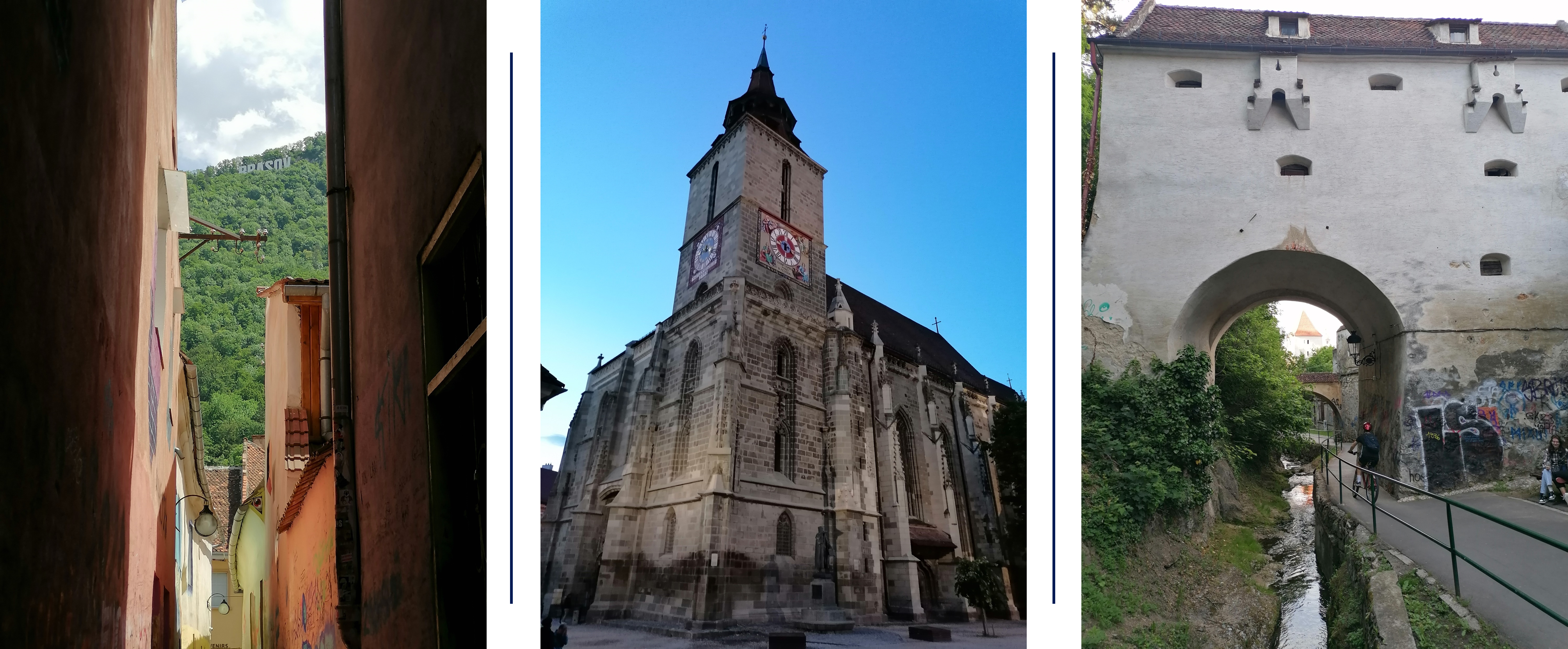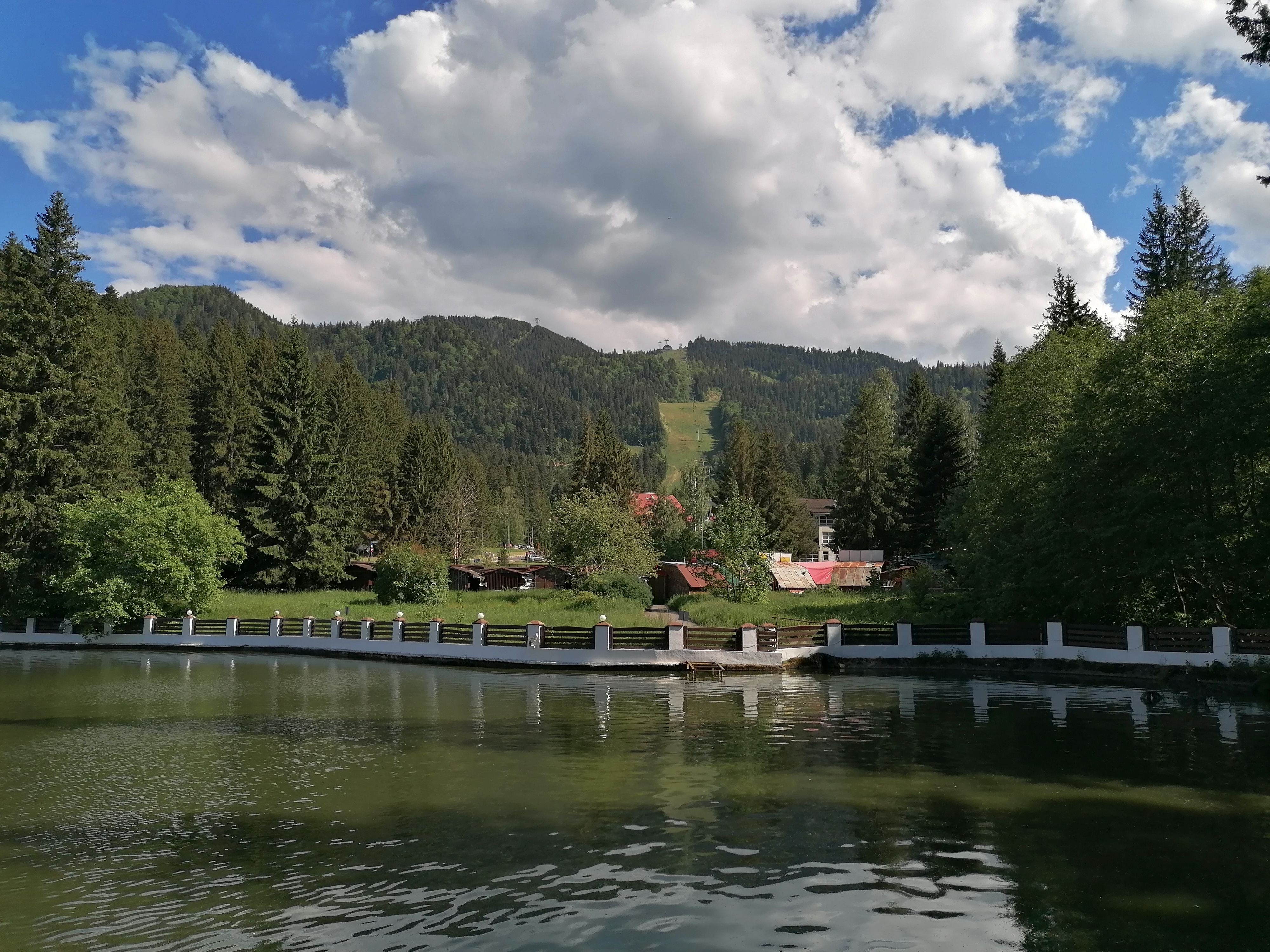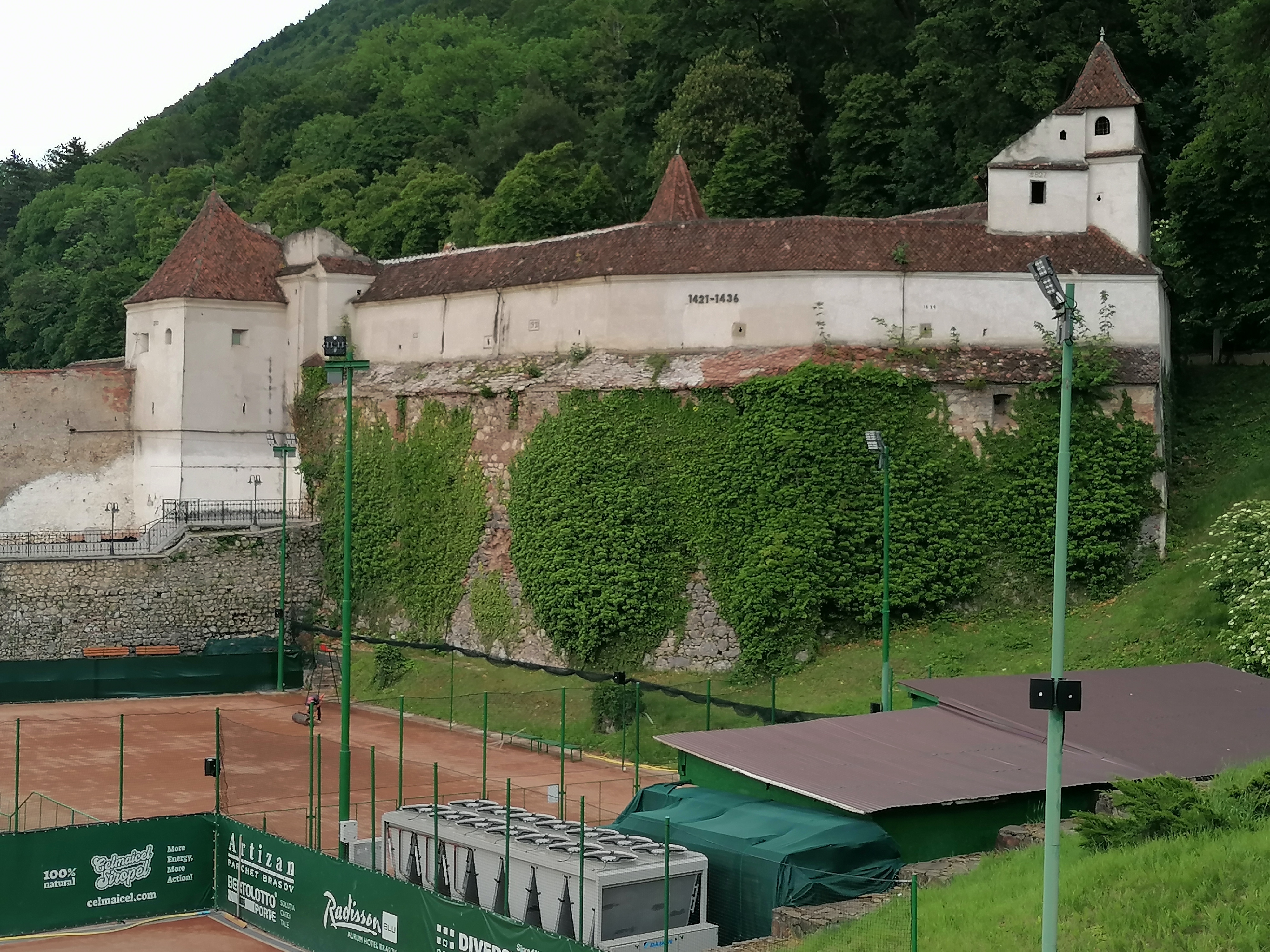BRAȘOV ATTRACTIONS
Visiting Suggestions
Brașov has been included by National Geographic magazine in the list of places to visit in 2025. Located in the center of the country, in the Brașov Depression, the city is a gateway to the Carpathian Mountains and is fascinating to visit in any season.
The first documentary mention of the city was in the year 1235, under the name of Corona (Kronstadt). In the Middle Ages, it was one of the most important cities in Transylvania. Its old buildings are witnesses to history, their architectural elements being an impressive fusion of styles and eras.

Top attractions of the city include:
- The Black Church
- The Council Square
- Rope Street
- The "Ecaterina" and the "Schei" Gates
- Behind the Walls
- The Weavers' Bastion
- The fortress on the Senty
- Tâmpa Mountain
- Poiana Brașov
- Bran Castle
- The Prejmer fortified church and Feldioara fortress
The Black Church dominates the city's landscape. It is considered the largest Gothic church in Southeast Europe. It's construction began in the year 1384. It acquired the name Black Church after its walls were blackened by the large fire that ravaged the city in 1689. Inside the church, the largest mechanical organ in Romania can be seen and heard, with approximately 4000 pipes. Additionally, the largest collection of Oriental carpets in Europe can be admired here.
Council Square represents the "zero kilometer" point of the city. In its center stands the House of the Council, which is surrounded by numerous medieval buildings. From here, you can start a walk on the city's most popular pedestrian street – Republic Street. Council Square is also the venue for the international music festival "Cerbul de Aur".
The Rope Street (strada Sforii) is one of the narrowest streets in Europe, with a width ranging between 1.11 and 1.35 meters and a length of 80 meters, making it a popular place for photographs.
The Ecaterina Gate and the Schei Gate are part of the ensemble of the old fortress walls. They allowed the inhabitants access to the citadel. Schei Gate is the only one that has preserved its shape entirely to this day. Currently, the Ecaterina Gate complex houses the Faculty of Silviculture and Forest Engineering within Transilvania University of Brașov.
"Behind the Walls" represents a promenade area along the fortifications in the northwestern part of the city. The alley facilitates access to the two towers: the Black Tower and the White Tower, which offer panoramic views of the center of Brașov. Here you can also find the Graft Bastion built above the river with the same name.
The Weavers' Bastion houses one of the galleries from the County Museum of History. Here, the history of the city of Brașov is presented through models, video projections, and interactive applications. This bastion is part of the southwest fortifications ensemble, which can be seen from the Tiberiu Brediceanu Alley, located at the bottom of the Tâmpa Mountain.
Another panoramic view of the city can be admired from the Fortress on the Senty. The fortress was part of the old defensive system of Brașov. Situated on a hill, it offers views of the entire city.
Tâmpa Mountain, where the letters forming the name of the city of Brasov can be seen, has a maximum altitude of 955 meters and offers a stunning view of the city of Brasov and the Burzenland (Țara Bârsei), as well as the Bucegi Mountains. You can reach Tâmpa either by cable car or on one of the three hiking trails.
Poiana Brașov, a component part of the municipality, is a beautiful mountain resort, popular for winter sports. There are 12 ski slopes and numerous cable car installations. Some of the facilities can be used in the summer to reach the summit of Postăvaru, which is at an altitude of 1799 m. Even in summer, numerous hiking and mountain biking trails can be traversed.
Bran Castle, located 30 km from Brașov, is a place with over 600 years of history. Located on the eastern border of Transylvania, the castle served both as a customs post and a fortress. Its placement on a steep cliff in the middle of the forest, similar to the castle in Bram Stoker's novel, has earned its nickname as the Dracula's Castle.
The Prejmer fortified church, situated just 15 km from Brașov,is the largest fortified church in Southeast Europe. Included in the UNESCO World Heritage List, it is also the oldest fortified church in the Burzenland. The Feldioara Fortress is probably the most important fortification built in Transylvania by the Teutonic Knights and is located 20 km from Brașov.






















